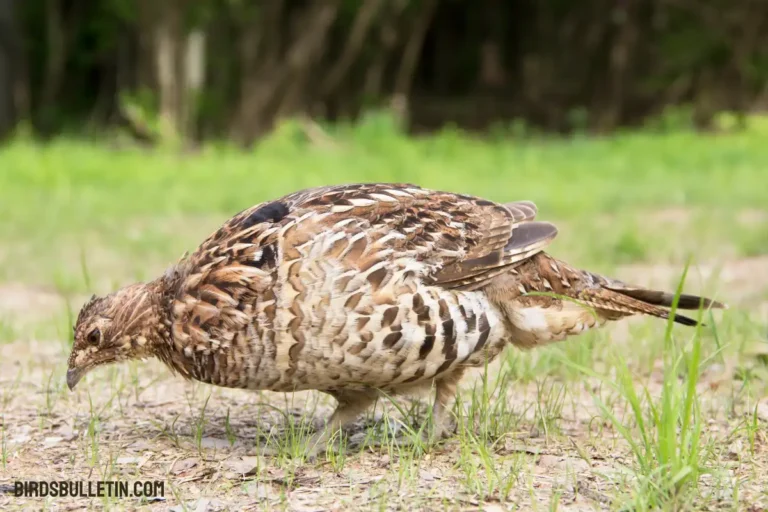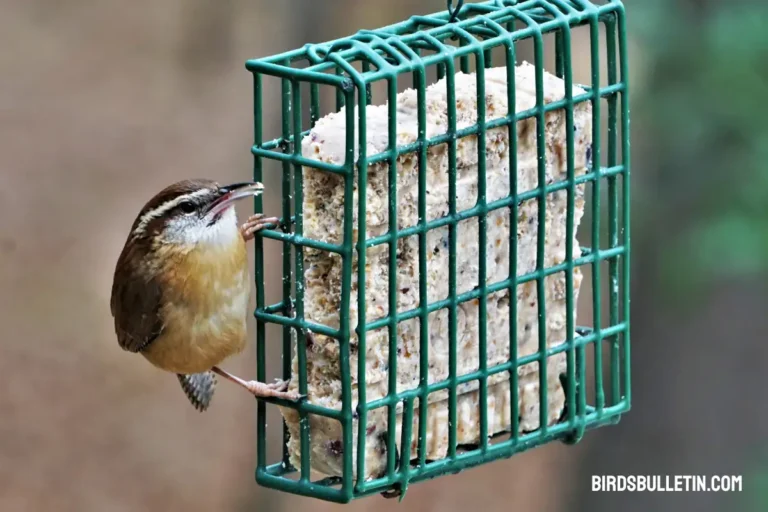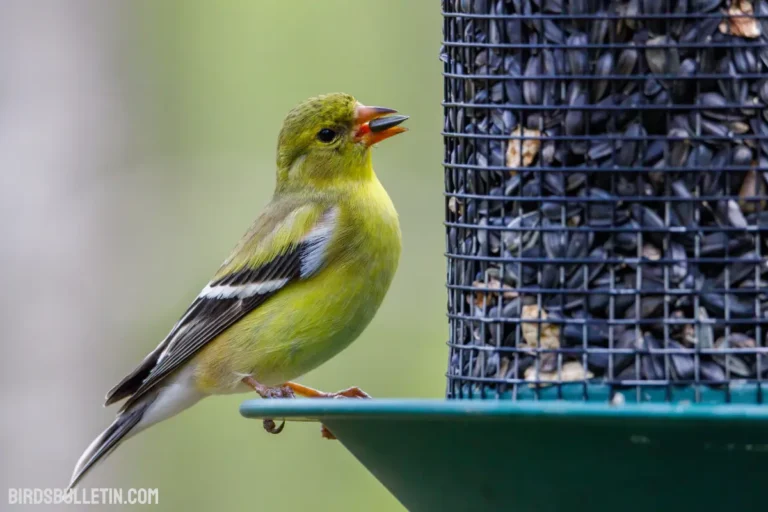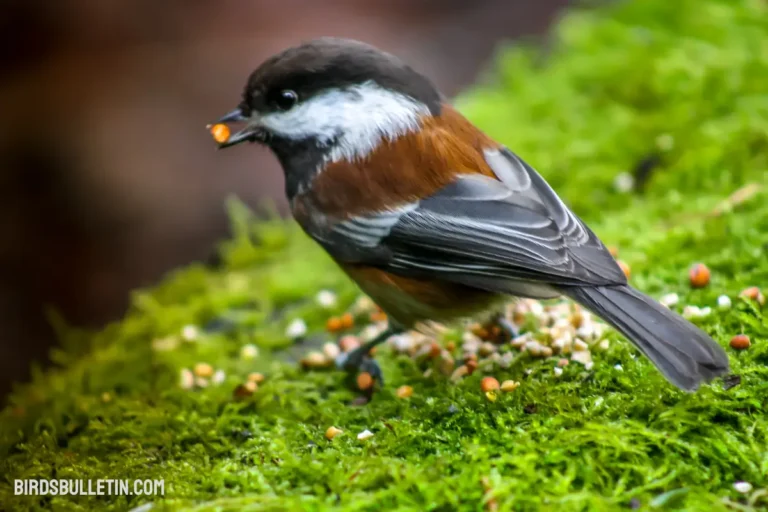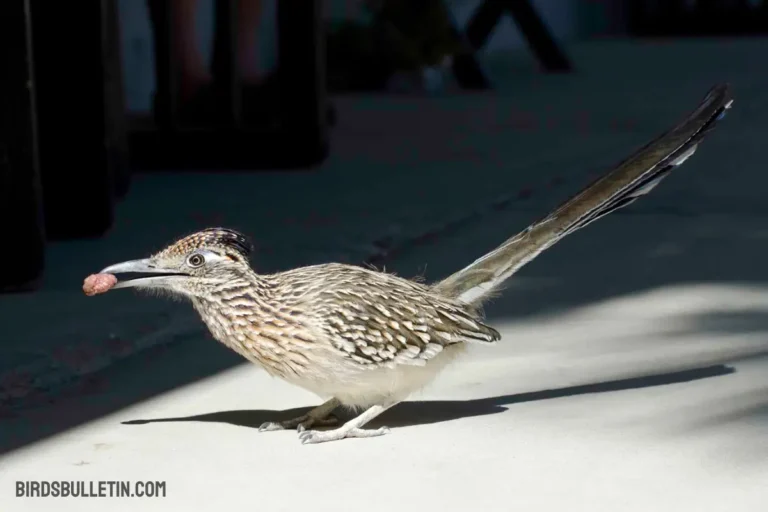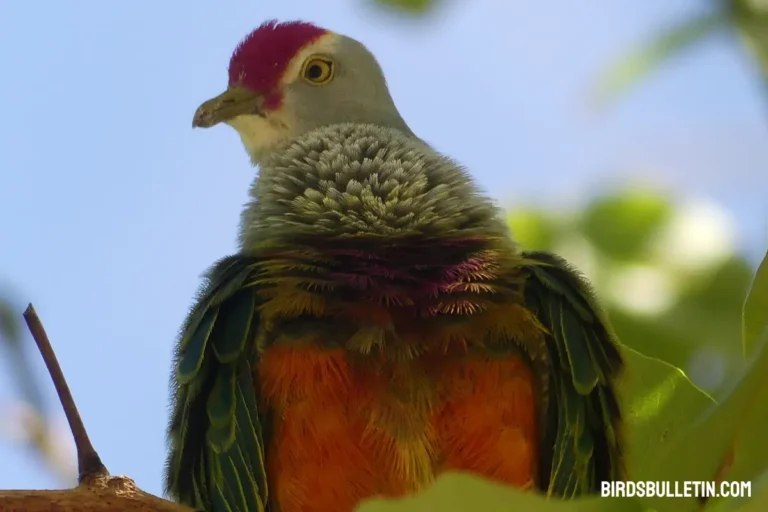What Do Western Bluebirds Eat?
The Western Bluebird diet consists primarily of insects and berries. They are opportunistic feeders, taking advantage of the seasonal abundance of different food sources. During spring and summer, they get most of their nutrition from insects and other invertebrates.
Come fall and winter, they switch over to eating fruits and berries. Nestlings need high-protein insect food to grow and develop. Read on to learn more about what these colorful songbirds like to eat.
Want to learn more about birds’ food and diet
Favorite Foods
Here are some of the Western Bluebird’s favorite foods by season:
| Season | Favorite Foods |
|---|---|
| Spring/Summer | |
| Fall/Winter | |
| Nestling Food |
How They Gather Food?
Western Bluebirds are insectivorous songbirds that feed on insects and spiders they catch on the ground or pluck from vegetation. They typically forage in open areas with short grasses and sparse shrubs, like pastures, meadows, and cleared understories in open woodlands.
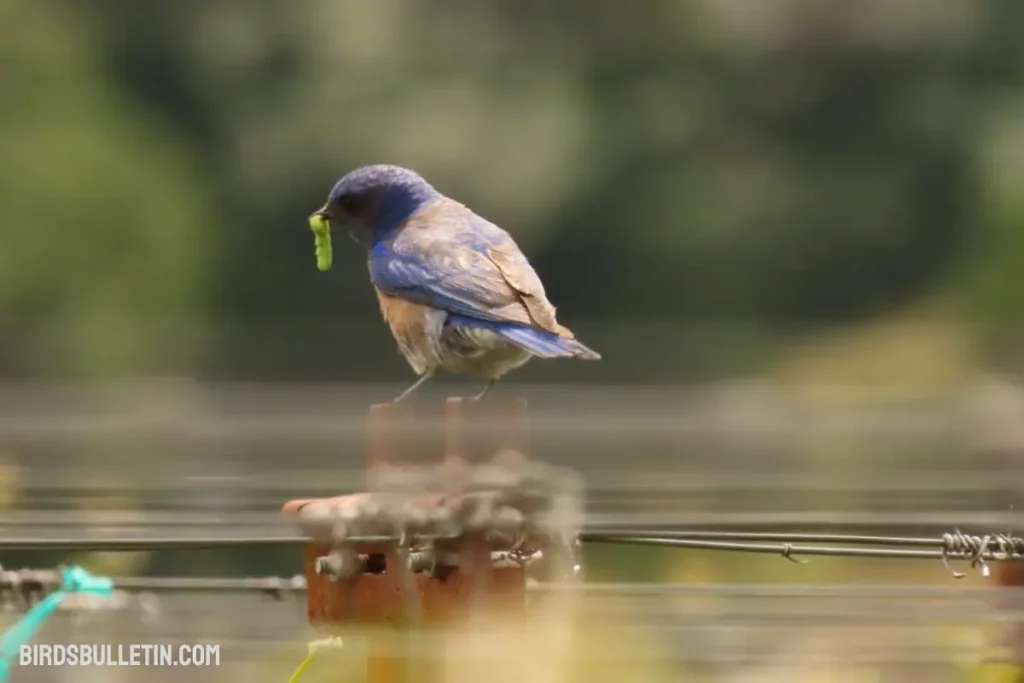
To find food, Western Bluebirds perch on low perches like fences, overhead wires, branches, and tall stems of plants. From these perches, they scan the ground for movements that indicate prey. When they spot something, they swoop down quickly to snap up the insect or spider into their beak.
Western Bluebirds often forage by making short flights from perch to perch, scanning for prey in the areas beneath. They will cover a good bit of ground this way as they hunt.
Winter Diet
Cold weather brings hardship for many birds, but fortunately, Western bluebirds have adapted to survive. They get by on berries and fruit left on branches and vines. Favored winter foods include juniper berries, mistletoe berries, California wild rose hips, pyracantha berries, and imported honeysuckle berries.
They also eat seeds and grains, including wheat and barley seeds on farms. Access to some insect food, like beetles, spider eggs, and larvae hiding under tree bark helps them supplement their diet.
Nestling Diet
Parents bring back favorite fruits like hackberries, wild cherries, elderberries, and serviceberries to feed older nestlings. The chicks typically fledge around 16-22 days old but continue to be fed by parents for several weeks after leaving the next. Now have a look at what baby western bluebirds eat:
Insects – Caterpillars, grasshoppers, crickets, beetles, and spiders are common prey that adult bluebirds will feed to nestlings. These provide protein for growth.
Berries – Fruits like elderberries, currants, and blackberries may sometimes be part of the nestling diet when abundant. These provide carbohydrates and nutrients.
Regurgitated food from parents – Adult bluebirds swallow food and then regurgitate it back up to feed nestlings. This softens the food and makes it easier for nestlings to digest.
Frequently Asked Questions
01. Why do Western Bluebirds eat insects?
Bluebirds eat mostly insects in spring and summer because insects offer a high-protein food source critical for breeding, laying nutritious eggs, and rearing chicks. Insects also become much more abundant during these seasons.
02. How do Western Bluebirds find insects and fruit?
Western Bluebirds are agile, opportunistic foragers that hunt for insects while surveying their environment from an elevated perch. They scan the ground and vegetation, sighting movement and darting down to capture prey.
03. What kind of berries do Western Bluebirds eat?
Some of their favorite berries come from native plants like junipers, blackberry brambles, mistletoe, and elderberry shrubs. They also consume rose hips, pyracantha berries, and exotic honeysuckles.
Conclusion
From protein-packed bugs for breeding birds and chicks to berries that fuel survival in cold months, Western Bluebirds adeptly switch their diets to make use of seasonal food sources.
Their varied menu reflects the challenges of their year-round life cycle and range across western North America. With climate shifts impacting food availability, this dietary flexibility continues to serve Western Bluebirds well into the future.
References
- Giocomo, J.J., Ed. (2005). Status, ecology, and conservation of the South Hills crossbill. Moscow, ID: University of Idaho.
- Kalb, B., & Myrick, C. A. (2012). Northern Flint Hills Network Western Bluebird reproductive parameters 2011 annual report. Natural Resource Data Series NPS/NFL/NRDS—2012/XXX. National Park Service, Fort Collins, Colorado.


